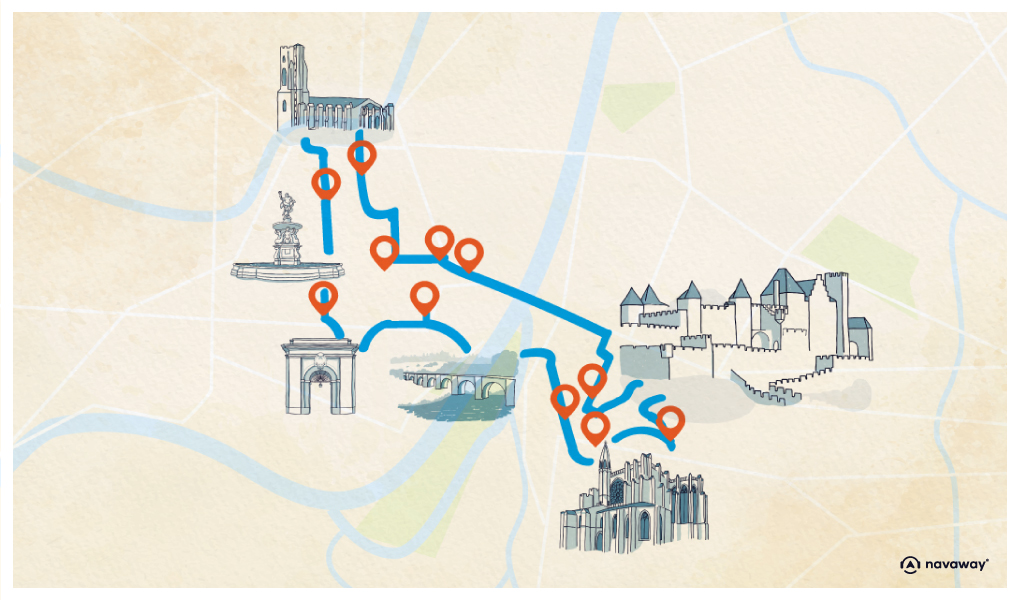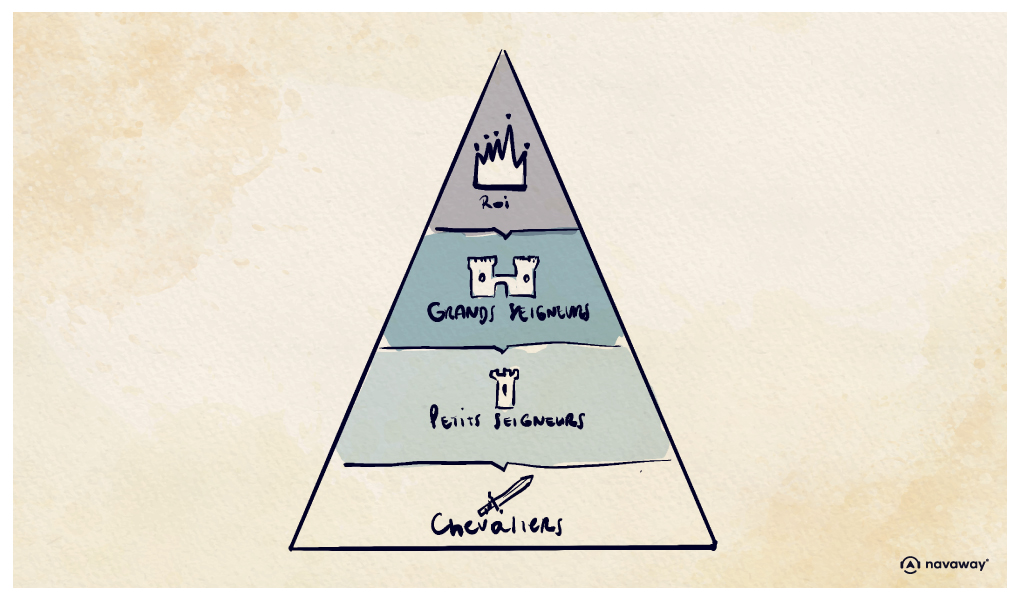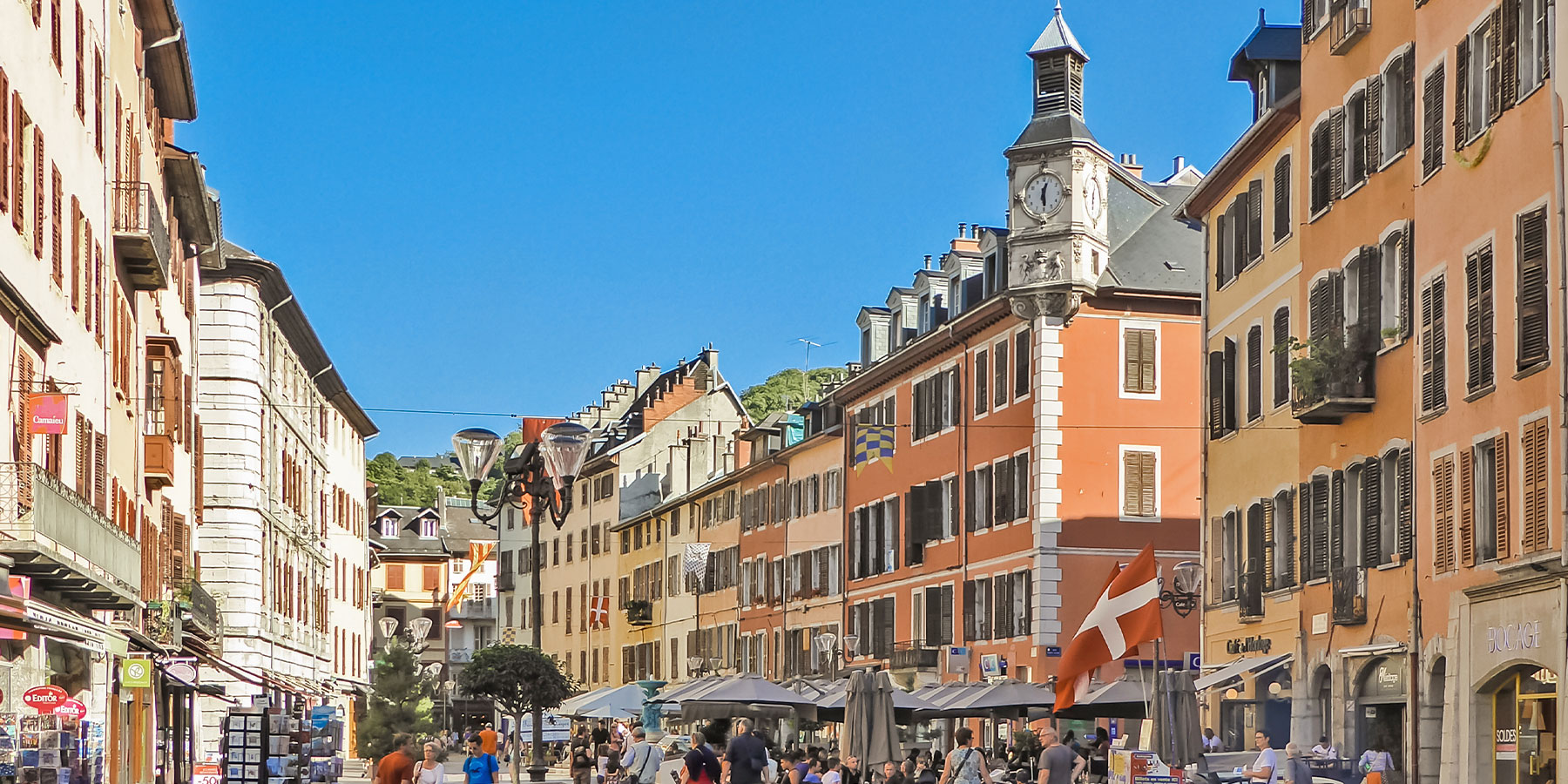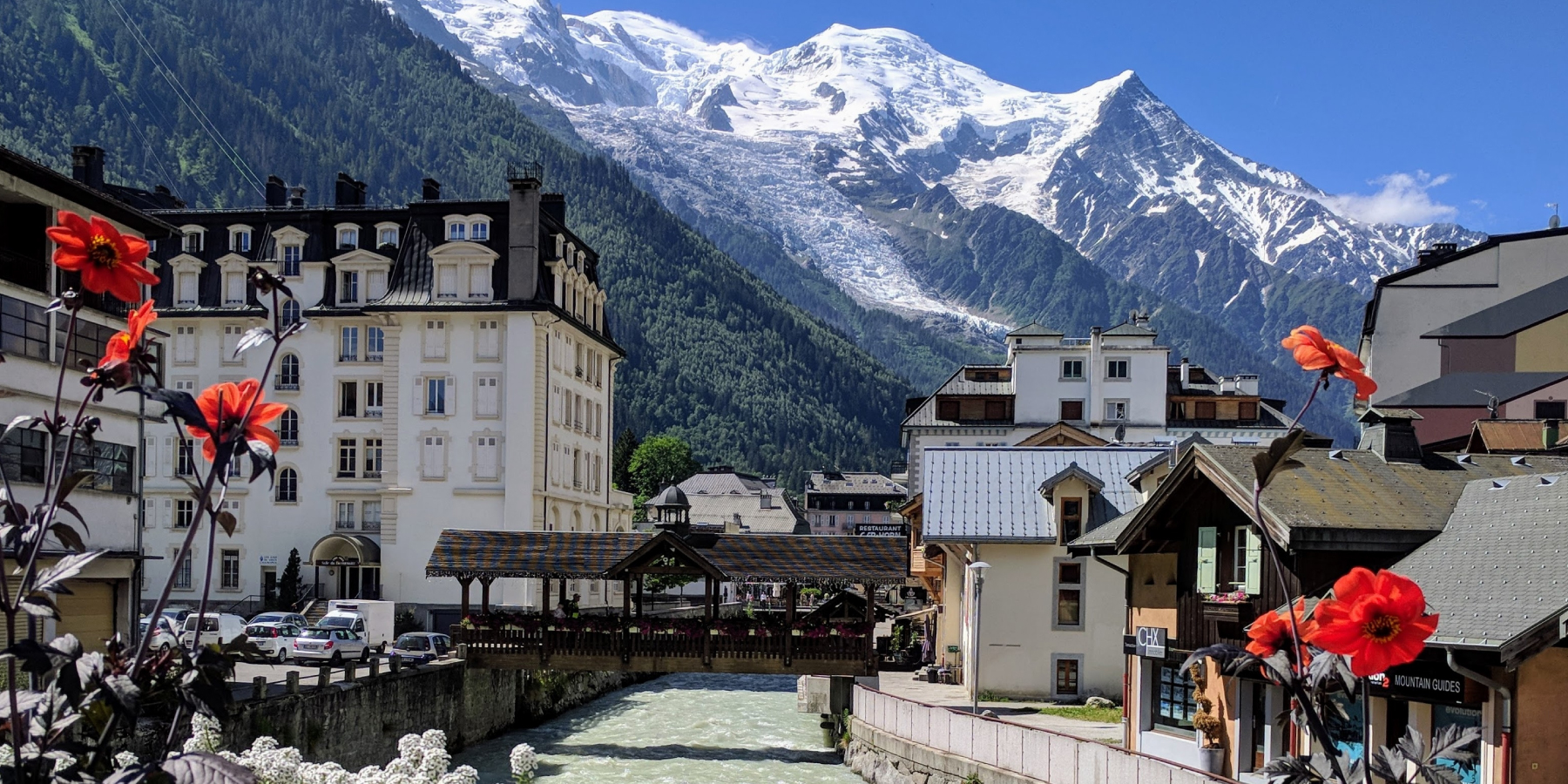
Feudal system

This point of interest is available as audio on the tour: Visit Carcassonne, A Citadel among the Clouds
Time for a brief historical detour. If you’ve already listened to the audioguide recounting the town’s history, then you’ll know that Carcassonne was a feudal town for several centuries. This was an important chapter in its history, marked by the rule of the powerful Counts of Carcassonne. To better understand this, let’s take a look at the basic principles of the feudal system. Feudalism is the political system found in Western Europe in the Middle Ages, between the 10th and 12th centuries. It was all about a clear hierarchy among the peoples living in a certain area. In fact, it all started with Charlemagne, back when he became emperor of an immense empire in 800. He thus decided to share some of his power with knights, giving them land in exchange for their loyalty, allegiance and, above all, military protection. This was the very first step towards feudalism. After Charlemagne, his son Louis the Pious took over. Things ran pretty smoothly under his rule. All hell broke loose upon his death in 840, when his three sons fought a war of succession, and divided the empire into 3 distinct parts, each ruled by one brother. There were now three territorries and three kings at war with one another; Carolingian power was inevitably weakened and now in jeopardy. And on top of that, Vikings, Hungarians, and Saracens all decided to invade around this time. The people of the Empire began to join forces to protect themselves from future invasions. Powerful lords who had pledged allegiance to the king, called vassals, were gaining more and more power as they could pass their lands down to their heirs. They then recruited knights to be their own vassals. They’d protect them and give them land, the so-called fiefs, in exchange for loyalty, financial and military support. The knights, in turn, would give land to less powerful lords, who’d give land to even less powerful lords, and so on, thus creating a whole chain of command. Everyone depended on a lord above them, and protected the vassals below them. Peasants, merchants, and artisans were at the bottom of the pyramid, enjoying the protection of their lord in exchange for money, crops and livestock. As you can imagine, with this system, the very top lords grew richer and more powerful, with armies of knights at their disposal. Some were even more powerful than the king. Their lands were divided into duchies and counties, and they gradually became more and more independent, breaking away from the control of the crown that was increasingly weakening and centered on north-eastern France. The Duke of Normandy, for example, even managed to become King of England; he became known as William the Conqueror. He who was once the king’s vassal became far more powerful than him. Dukes and counts built fortified castles to protect themselves, just like the Counts of Carcassonne did with the Count’s castle. This is how things were done between the 10th and 13th centuries, and why the duchies became such an important part of history. Things changed at the beginning of the 13th century, when King Philip II came to power and gradually regained control of many territories. He was once again the most powerful lord in France. This is also when Carcassonne was annexed to the kingdom of France, thereby marking the end of the powerful county. Enough history for now! On to the basilica!


Discover Carcassonne with app
An interactive guide through the most beautiful streets, squares, and districts
27 fun audioguides full of historical facts, anecdotes, and legends





Comments